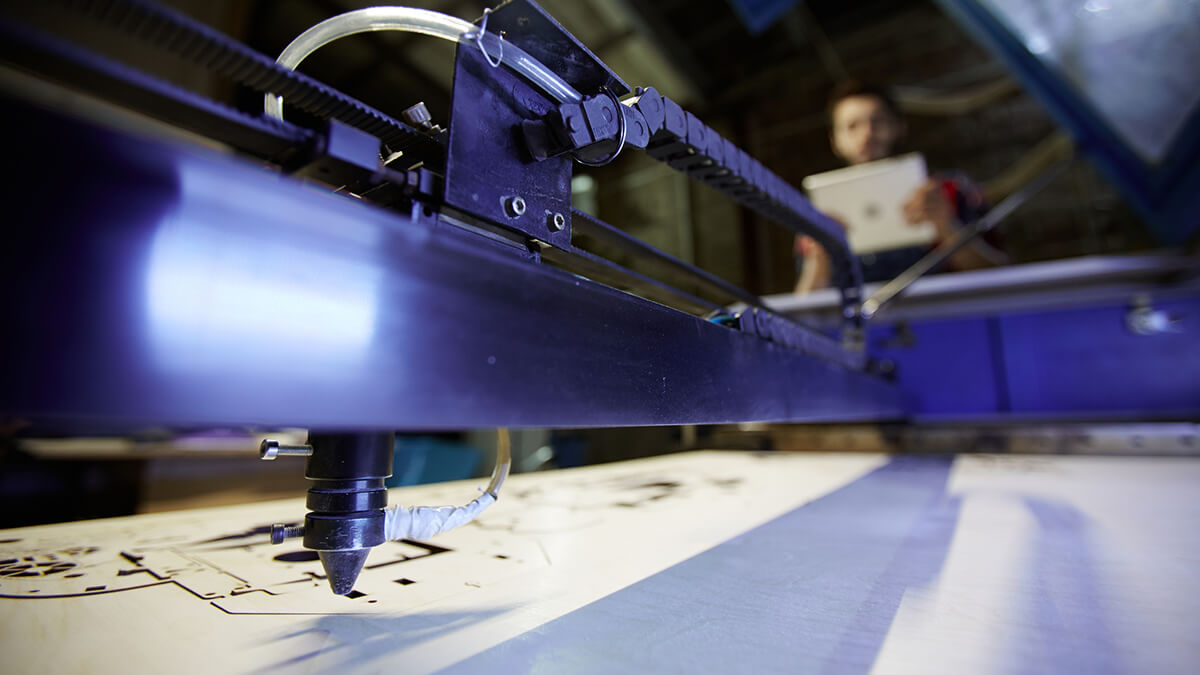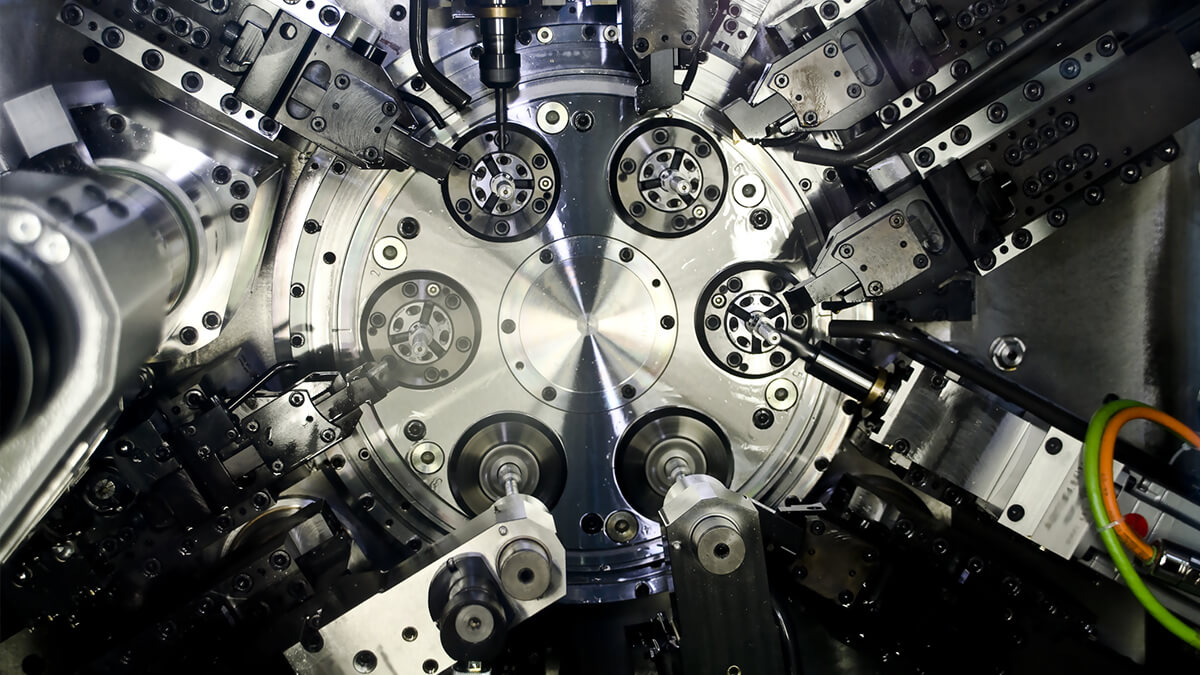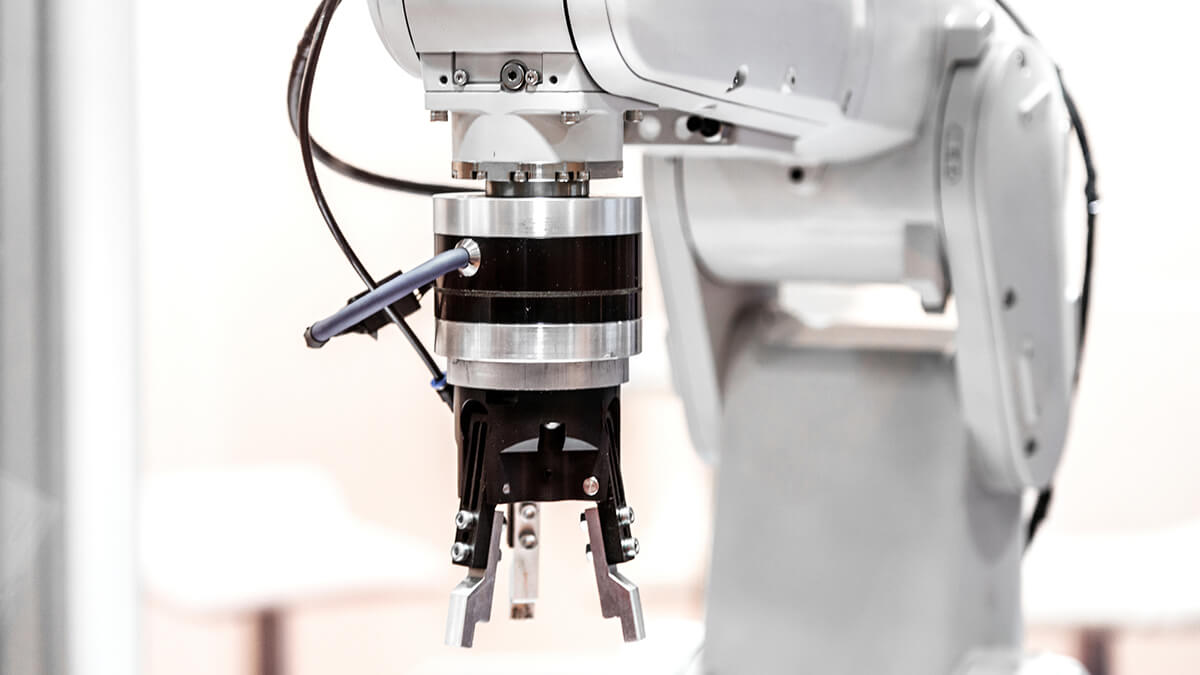- Showing results for
- Smart Engineering
According to each exhibition of EMO Hannover, it can be observed that smart production will be the future of the industry, and smart manufacturing will drive the improvement of industrial technology and effectiveness, which will be another turning point for industrial development.
2020-03-23 14:34:59
With the advent of Industry 4.0, countries have also adjusted their industrial manufacturing strategies to enhance their smart manufacturing capabilities.
2020-04-21 13:09:26
Artificial intelligence illuminates the evolution of IoT and promotes three key application areas.
2020-05-14 15:43:54
An important issue in the development of smart manufacturing is human-computer collaboration, and true human-computer collaboration does not only mean cooperation and coexistence. As the frequency of man-machine operations working together in the same workspace is getting higher and higher, many sensors are also appearing to assist in monitoring and preventive control.
2020-05-20 11:17:12
How collaborative robots join production has become a link in the manufacturing chain, improving production efficiency. The small-scale collaborative industrial robot can be operated in a narrower place to solve the problem of working space limitation.
2020-05-21 11:28:57
Industrial robots use a large number of sensors to achieve good operation and control in industrial automation production processes. For example, collaborative robots integrate torque sensors and cameras to ensure the best perspective and safety. What sensors are integrated with industrial robots?
2020-05-21 13:50:03
Driven by the German government's national policy, Industry 4.0 has become the most high-profile manufacturing issue in the world. Therefore, countries have successively launched corresponding smart manufacturing policies. With the help of 5G, the world is facing an uncompleted and perfect 5G environment to respond to smart manufacturing Yes, and Taiwan still has many opportunities and challenges in 5G smart manufacturing. Taiwan ’s 5G commercialization is imminent, and it is still expected that the government, telecommunications operators, and automation industry will work together to accelerate the full implementation of 5G.
2020-05-22 13:35:52
Under the leading policy of "Industry 4.0" in Germany, the manufacturing industry followed the concept of "smart manufacturing", and introduced the digital application of machinery into the factory. Based on the information technology services that belong to the energy economy category, it was imported from cloud software. Optimize the process. This kind of service platform is built on a modular structure that can be flexibly combined and uses AI to assist in providing strategic recommendations to achieve the energy-saving benefits of IoT machines.
2020-05-28 10:31:11
After "Cloud Computing", a new term "Fog Computing" has been added in recent years. It mainly comes from the phrase "fog is a cloud closer to the ground".
2020-05-29 16:27:48
"Link" and "Optimization" are the core spirits of Industry 4.0. To create these two key elements, it requires extensive use of automated production, Internet of Things, intelligent robots, supply chain interconnection, and big data.
2020-06-01 10:32:34
The advent of the Industry 4.0 era, coupled with the continued fever of the China-US trade war, has driven Taiwan's manufacturing industry to transform its digital manufacturing into smart manufacturing through digitalization and intelligentization. However, there are four major challenges encountered during the transformation process, and finding a solution to the practice will be the key to the company's victory.
2020-06-01 17:16:40
Industrial 4.0 revolution swept through the entire manufacturing industry. Various countries and regions are actively deploying Industry 4.0 and smart manufacturing. How does Taiwan respond? How to combine your own advantages to gain a competitive advantage in this global 4.0 manufacturing revolution? Industrial reform involves not only technology, but also the integration and breakthrough of ideas.
2020-06-03 15:50:55
One of the main tenets of Industry 4.0 is data collection. Machine tools will have sensors that will collect many different kinds of data, including data on how much the machine has operated, the conditions it has operated in, and the condition of the components of the tool.
2020-06-05 13:42:46
Smart City refers to the use of various information technologies or innovative ideas to integrate urban constituent systems and services to improve the efficiency of resource utilization, optimize urban management and services, and improve the quality of life of citizens.
2020-06-10 16:20:17
A smart city is to improve the quality of life of citizens through the innovative application of technology, from the early practitioners developed independently, now smart cities are more emphasis on user-centered and build a smart ecosystem.
2020-06-10 16:48:19
"Efficiency" is the most important key in the pursuit of success in the manufacturing process and the entire industry.
2020-06-15 11:10:51
The revenue of the laser industry grows higher and higher in recent years. As manufacturing industry moves toward smart, intelligence and systematization, the laser manufacturing process has become an indispensable role in the manufacturing industry.
2020-06-17 11:27:03
Why has the software industry or the hardware industry been talking about digital transformation in recent years? What is the necessity and challenges of Taiwan's manufacturing industry for digital transformation?
2020-06-19 14:04:24
Smart machinery manufacturers must accelerate innovation, gain the policy resources of the production and innovation platform, develop the domestic industrial acceleration scale group, and the intelligent diagnosis maintenance system (IDMS), which has been successfully introduced into the innovative application of high-tech industries.
2020-07-07 11:27:36
An issue closely related to the smart factory debate concerns the position occupied by industrial production in overall social relationships; in other words, the relationship between factory and society, within which there is a new reflection on the relationship between factories and urban spaces, cities.
2020-07-13 14:09:29
Agree




















